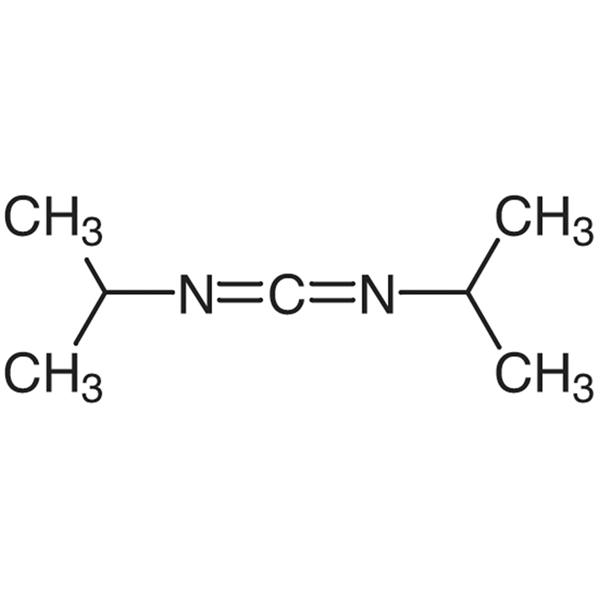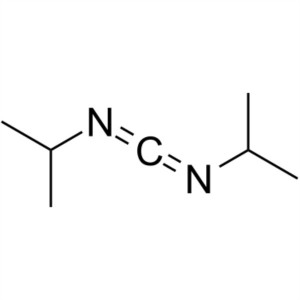DIC CAS 693-13-0 N,N’-Diisopropylcarbodiimide Coupling Reagent Purity >99.0% (GC) Factory
Shanghai Ruifu Chemical Co., Ltd. is the leading manufacturer of N,N'-Diisopropylcarbodiimide (DIC) (CAS: 693-13-0) with high quality. Ruifu Chemical supplys a series of protecting reagents and coupling reagents. Ruifu can provide worldwide delivery, competitive price, small and bulk quantities available. Purchase DIC, Please contact: alvin@ruifuchem.com
| Chemical Name | N,N'-Diisopropylcarbodiimide |
| Synonyms | DIC; DIPCI; Diisopropylcarbodiimide; N,N'-Methanetetraylbis-2-Propanamine; 1,3-Diisopropylcarbodiimide |
| Stock Status | In Stock, Mass Production |
| CAS Number | 693-13-0 |
| Molecular Formula | C7H14N2 |
| Molecular Weight | 126.20 g/mol |
| Boiling Point | 145.0~148.0℃(lit.) |
| Flash Point | 33℃(91°F) |
| Density | 0.81~0.82 g/mL at 20℃(lit.) |
| Refractive Index n20/D | 1.4310~1.4340 |
| Sensitive | Hygroscopic. Moisture Sensitive |
| Solubility | Soluble in Chloroform, Methylene Chloride, Acetonitrile, Dioxane, Dimethylformamide and Tetrahydrofuran |
| Warnings | Highly Toxic! Flammable Liquid! |
| Storage Temp. | Cool & Dry Place (≤5℃) |
| COA & MSDS | Available |
| Category | Coupling Reagents |
| Brand | Ruifu Chemical |
| Items | Inspection Standards | Results |
| Appearance | Colorless to Light Yellow Liquid | Complies |
| Boiling Point | 145.0~148.0℃ | 146.0~147.0℃ |
| Dichloromethane (DCM) | <0.50% | 0.13% |
| Purity / Analysis Method | >99.0% (GC) | 99.7% |
| Color Test (APHA) | <200 (APHA) | Complies |
| Infrared Spectrum | Consistent with Structure | Complies |
| 1 H NMR Spectrum | Consistent with Structure | Complies |
| Conclusion | The product has been tested & complies with the given specifications | |
Package: Bottle, 25kg/Drum, or according to customer's requirement.
Storage Condition: Store in sealed containers at cool and dry (≤5℃), ventilated warehouse away from incompatible substances. Protect from light and moisture.
Shipping: Deliver to worldwide by FedEx / DHL Express. Provide fast and reliable delivery.
Precautions for use: This product is irritating, skin contact with its vapor or solution, can cause dermatitis; eye contact, can cause corneal damage. Pay attention to protection when using.
The purity is determined by gas chromatography.
Chromatographic conditions are as follows:
Column: SE-5430m×0.25mm×0.5μm;
Detector: FID
Column temperature: 140℃
Detector temperature: 260℃
Injection temperature: 250℃
N2 flow rate: 20ml-30ml/min
H2 flow rate: 20ml-30ml/min
Air flow rate: 200ml-300ml/min
Split ratio: 50:1
Injection volume: 0.2μl
Amplifier sensitivity (Range) : 10*9
Results: According to the area normalization method, the purity should not be less than 99.0%, and the Dichloromethane content should not exceed 0.50%.
Review period: one year
How to Purchase? Please contact Dr. Alvin Huang: sales@ruifuchem.com or alvin@ruifuchem.com
15 Years Experience? We have more than 15 years of experience in the manufacture and export of a wide range of high quality pharmaceutical intermediates or fine chemicals.
Main Markets? Sell to domestic market, North America, Europe, India, Korea, Japanese, Australia, etc.
Advantages? Superior quality, affordable price, professional services and technical support, fast delivery.
Quality Assurance? Strict quality control system. Professional equipment for analysis include NMR, LC-MS, GC, HPLC, ICP-MS, UV, IR, OR, K.F, ROI, LOD, MP, Clarity, Solubility, Microbial limit test, etc.
Samples? Most products provide free samples for quality evaluation, shipping cost should be paid by customers.
Factory Audit? Factory audit welcome. Please make an appointment in advance.
MOQ? No MOQ. Small order is acceptable.
Delivery Time? If within stock, three days delivery guaranteed.
Transportation? By Express (FedEx, DHL), by Air, by Sea.
Documents? After sales service: COA, MOA, ROS, MSDS, etc. can be provided.
Custom Synthesis? Can provide custom synthesis services to best fit your research needs.
Payment Terms? Proforma invoice will be sent first after confirmation of order, enclosed our bank information. Payment by T/T (Telex Transfer), PayPal, Western Union, etc.
Hazard Symbols T+ - Very toxic
Risk Codes
R10 - Flammable
R26 - Very Toxic by inhalation
R36/37/38 - Irritating to eyes, respiratory system and skin.
R41 - Risk of serious damage to eyes
R42/43 - May cause sensitization by inhalation and skin contact.
Safety Description
S16 - Keep away from sources of ignition.
S26 - In case of contact with eyes, rinse immediately with plenty of water and seek medical advice.
S38 - In case of insufficient ventilation, wear suitable respiratory equipment.
S45 - In case of accident or if you feel unwell, seek medical advice immediately (show the label whenever possible.)
UN IDs UN 2929 6.1/PG 1
WGK Germany 3
RTECS FF2175000
FLUKA BRAND F CODES 10-21
TSCA Yes
HS Code 2925290090
Hazard Class 6.1
Packing Group II
N,N'-Diisopropylcarbodiimide (DIC) (CAS: 693-13-0), a carbodiimide compound having an isopropyl substituent on both nitrogen atoms. DIC is colorless to light yellow liquid. Insoluble in water, soluble in benzene, ethanol, ether. DIC can be easily dispensed by volume. It slowly reacts with moisture from the air, so for long term storage the bottle should be flushed with dry air or inert gas and sealed tightly. It is very toxic and caused contact dermatitis in a laboratory worker.
DIC is a coupling reagent for peptide synthesis. DIC is an alternative to dicyclohexylcarbodiimide in peptide synthesis. Used in peptide coupling, amino acid, protein synthesis. DIC can be used as a condensation dehydrating agent and dehydrosulfide agent in organic synthesis and pharmaceutical synthesis. Compared with N,N-dicyclohexylcarbodiimide, it has obvious advantages. It not only has extremely strong dehydration, but also can be completely removed after the reaction.
DIC is mainly used in amikacin, glutathione dehydrants, as well as in synthesis of acid anhydride, aldehyde, ketone, isocyanate; when it is used as dehydrating condensing agent, it reacts to dicyclohexylurea through short-time reaction under normal temperature. This product can also be used in synthesis of peptide and nucleic acid. It is easy to use this product to react with compound of free carboxy and amino-group into peptide. This product is widely used in medical, health, make-up and biological products, and other synthetic fields.
DIC is used as a reagent in synthetic organic chemistry. It serves as a chemical intermediate and as a stabilizer for Sarin (chemical weapon). It is also used in the synthesis of peptide and nucleic acid. Further, it is used as an antineoplastic and involved in the treatment of malignant melanoma and sarcomas. In addition to this, it is used in the synthesis of acid anhydride, aldehyde, ketone and isocyanate.
DIC is a carbodiimide used as a coupling reagent in the synthesis of amides, peptides, ureas, heterocycles, and unsymmetrical carbodiimides. It is also used in the polymerization reactions as an activator.
DIC also can be used as: A coupling reagent for the synthesis of various esters and amides by treating carboxylic acids with phenols and amines respectively. A reagent for the conversion of alcohols to aldehydes or ketones in the presence of DMSO via modified Moffatt-type oxidation reaction. A reagent to facilitates the preparation of alkyl halides from corresponding alcohols via the formation of o-alkylisourea.
-
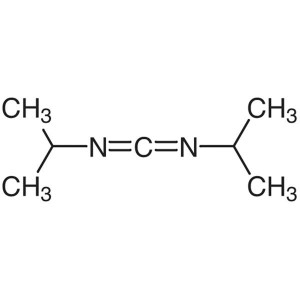
DIC CAS 693-13-0 N,N’-Diisopropylcarbodii...
-
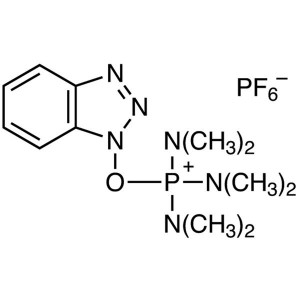
BOP Reagent CAS 56602-33-6 Peptide Coupling Rea...
-
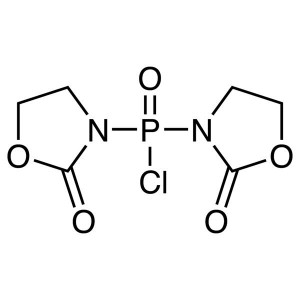
BOP-Cl CAS 68641-49-6 Peptide Coupling Reagent ...
-
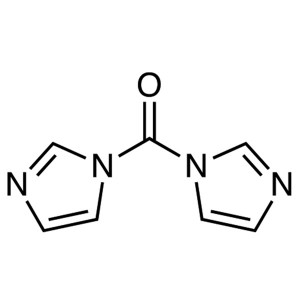
CDI CAS 530-62-1 N,N’-Carbonyldiimidazole...
-
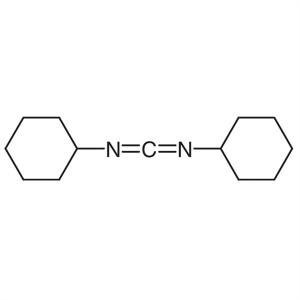
DCC CAS 538-75-0 N,N’-Dicyclohexylcarbodi...
-
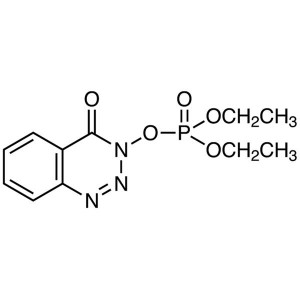
DEPBT CAS 165534-43-0 Peptide Coupling Reagent ...
-
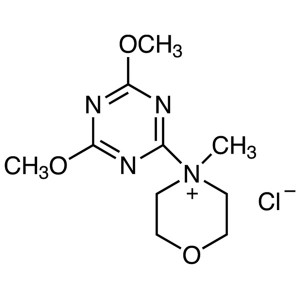
DMTMM CAS 3945-69-5 Coupling Reagent Purity >99...
-
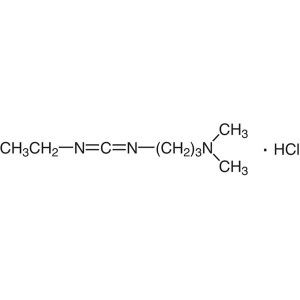
EDC·HCl CAS 25952-53-8 Coupling Reagent Purity ...
-
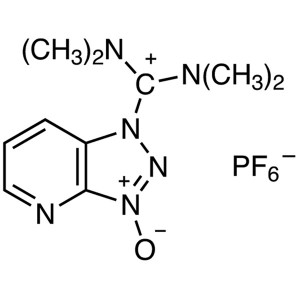
HATU CAS 148893-10-1 Peptide Coupling Reagent P...
-
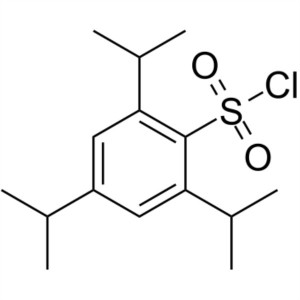
TPSCl CAS 6553-96-4 2,4,6-Triisopropylbenzenesu...
-
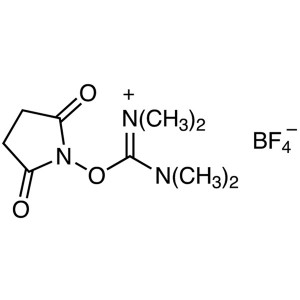
TSTU CAS 105832-38-0 Purity >99.0% (HPLC) Facto...
-
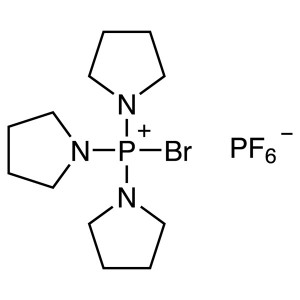
PyBrOP CAS 132705-51-2 Purity >99.0% (HPLC) Fac...
-
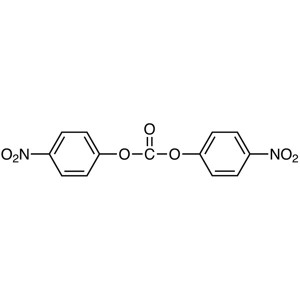
Bis(4-Nitrophenyl) Carbonate (NPC) CAS 5070-13-...
-
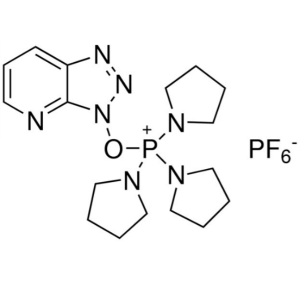
PyAOP CAS 156311-83-0 Purity >99.0% (HPLC) Coup...
-
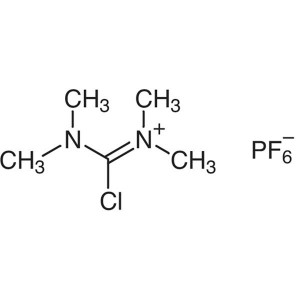
TCFH CAS 94790-35-9 Purity >99.0% (HPLC) Factor...
-
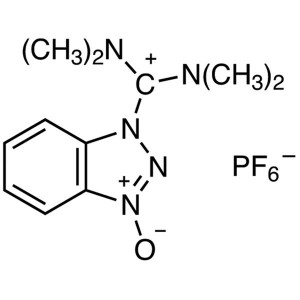
HBTU CAS 94790-37-1 Peptide Coupling Reagent Pu...

